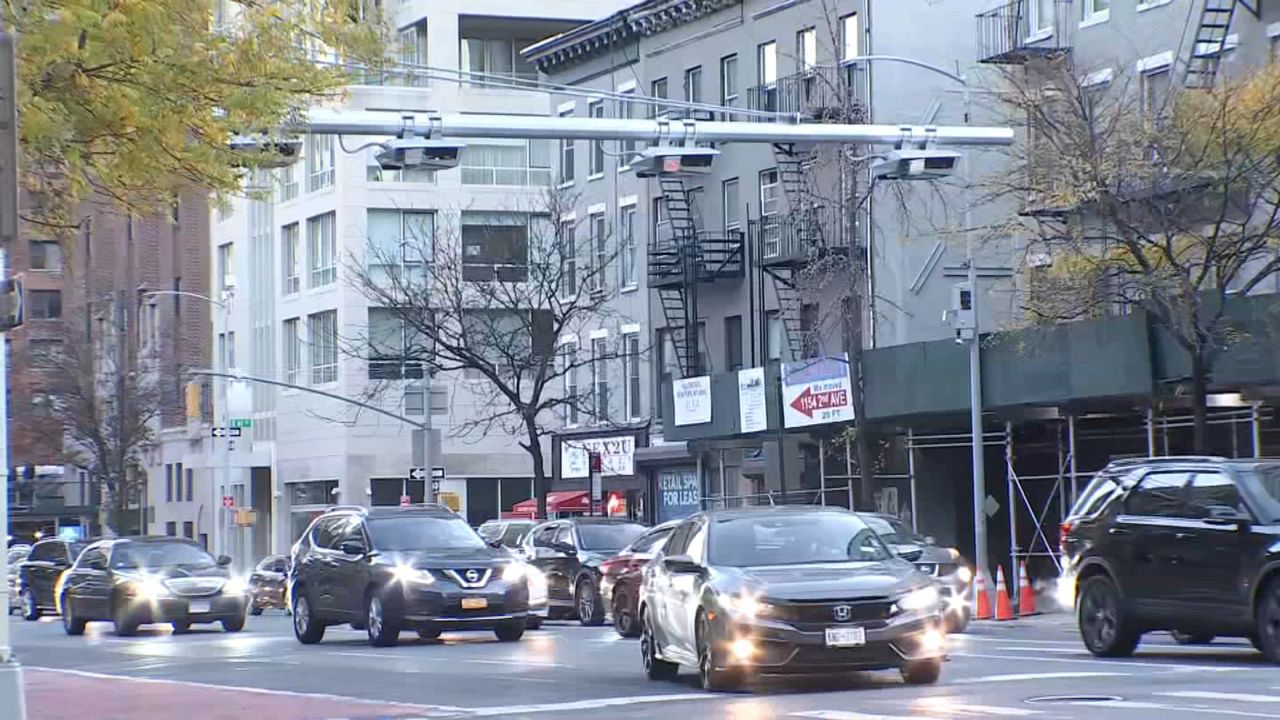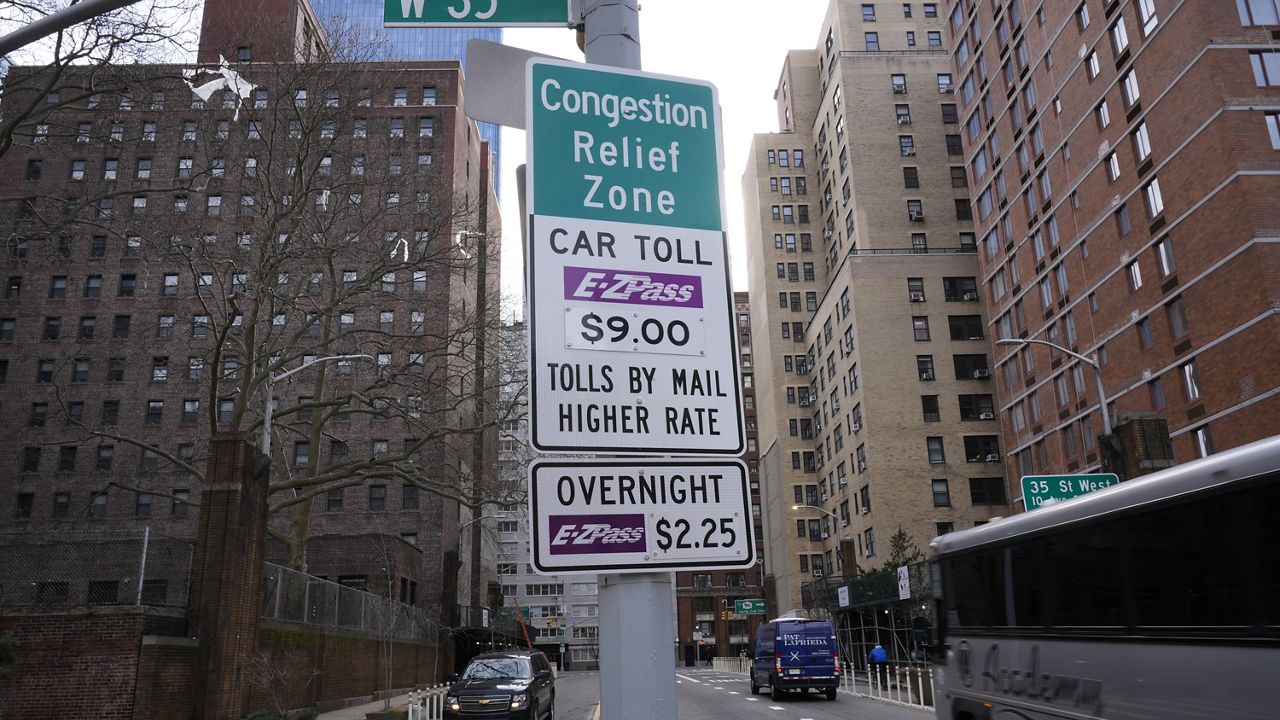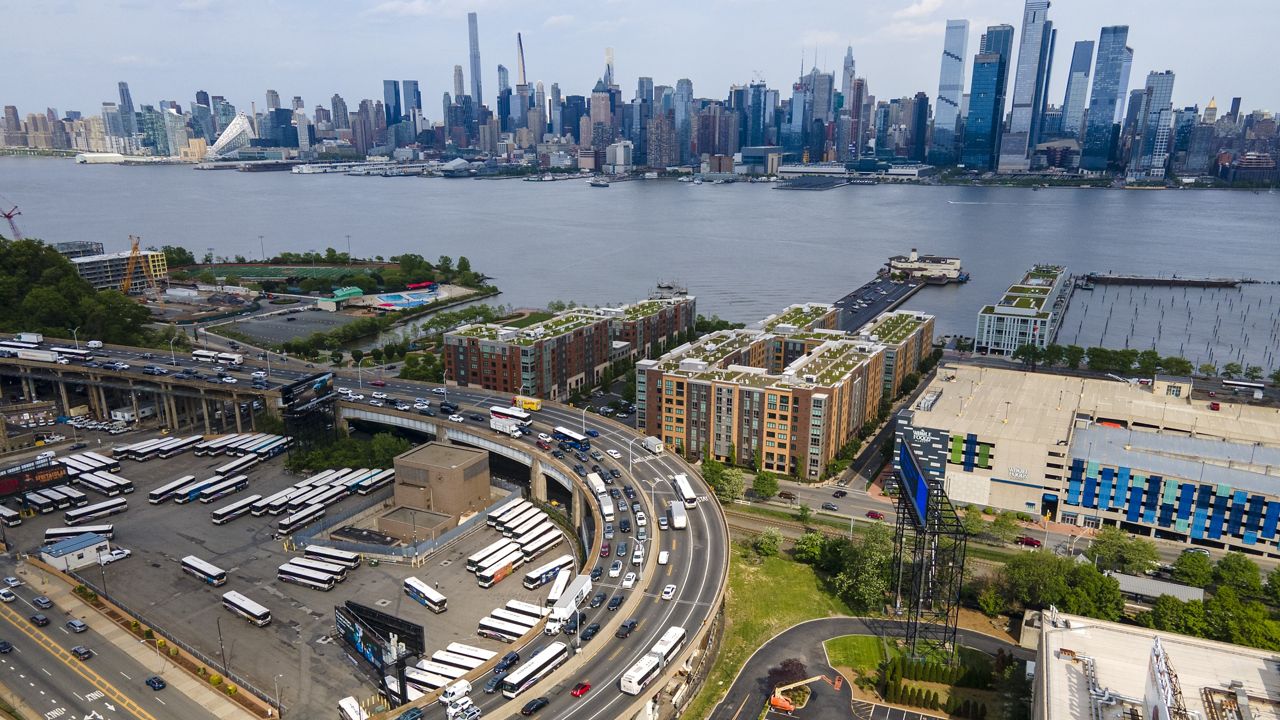Joe Rappaport, executive director of Brooklyn Center for Independence of the Disabled, said the MTA exemption plans announced Monday for people with disabilities traveling into the congestion pricing zone is only a start.
“This is the first plan that even gets close to what the law requires,” Rappaport said.
What You Need To Know
- The first plan is called the Individual Disability Exemption Plan, which enables people with disabilities to apply for the exemption
- The second plan is called the Organizational Disability Exemption Plan, which allows public and private organizations transporting people with disabilities to register
- The MTA said multiple legal challenges to congestion pricing put projects at risk
There are two plans, the MTA announced.
The first plan is called the Individual Disability Exemption Plan. It enables people with disabilities to apply for the exemption. This plan is for a vehicle they are registered to own or designate.
The second plan is called the Organizational Disability Exemption Plan. It allows public and private organizations transporting people with disabilities to register.
Some examples include: Access-A-Ride, taxi and for-hire vehicles and advanced-booked trips through Access-A-Ride.
“Some other people with certain permits will get an exemption and can apply it to one vehicle. In London, it’s two. That should be the very least what happens here,” Rappaport said.
In a statement, MTA Chief Accessibility Officer Quemuel Arroyo said, in part, “We believe the disability exemption program is a fair and equitable approach that meets the requirements of the law and serves the needs of people with disabilities.”
Despite challenges to the exemption plan, Rappaport said he’s pro-congestion pricing.
“Money for the MTA is going to come in by the car and truckload with congestion pricing, and that’s going to make a huge difference in making sure the system is more accessible,” Rappaport said.
That’s money Rappaport said will help the MTA achieve a legal mandate to make 95% of its stations accessible by 2055.
But the MTA said the multiple legal challenges to congestion pricing put projects like that one at risk.
The system anticipates $15 billion — more than half the remaining funds in the 2020 to 2024 Capital Program to come from congestion pricing.
“If your objective is to raise $1 billion, congestion pricing is not the way to go,” said Susan Lee, president of New Yorkers Against Congestion Pricing Tax.
Lee’s New Yorkers Against Congestion Pricing Tax is suing to stop the toll for driving entering Manhattan below 60th Street, seeking an environmental impact statement opposed to the environmental assessment issued.
To raise the needed funds for MTA projects, she said it should instead focus on combating fare evasion and an audit of the entire transit system.
“At the end of the day, these lawsuits really need to be addressed,” Lee said.
If congestion pricing is approved, people who apply for exemptions must be approved by MTA Bridges and Tunnels.








_PKG_CONGESTION_PRICING_HISTORY_CG)